新概念英语第一册第十一课教案+练习
- 格式:ppt
- 大小:2.42 MB
- 文档页数:25
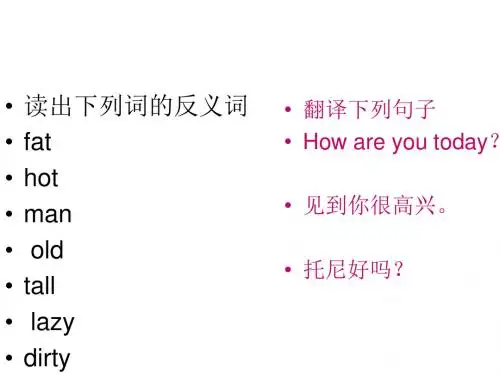
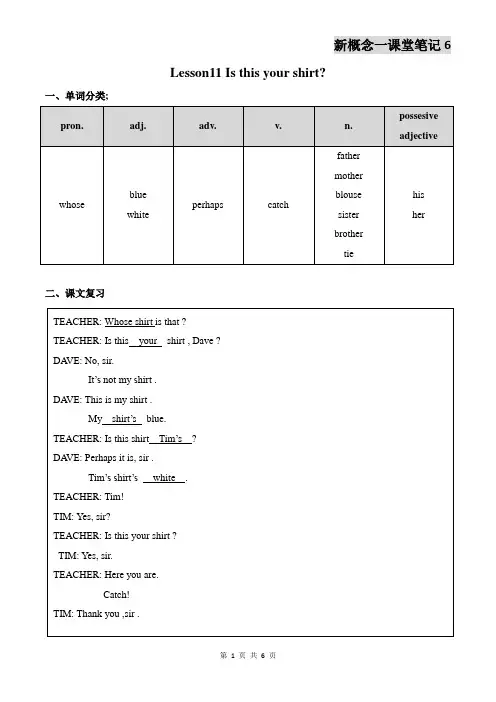
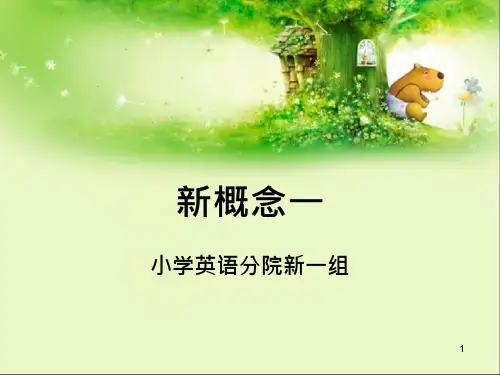
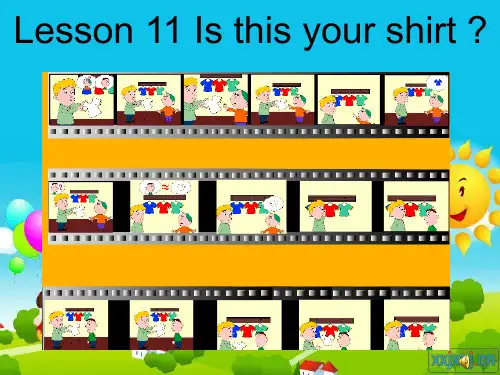
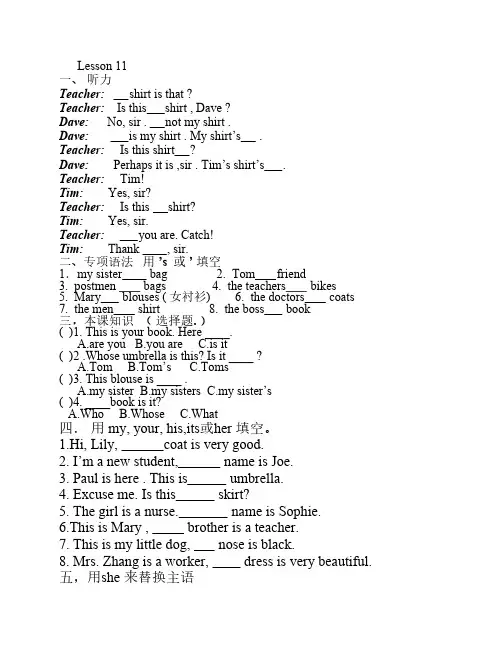
Lesson 11一、听力Teacher: shirt is that ?Teacher: Is this shirt , Dave ?Dave: No, sir . not my shirt .Dave: is my shirt . My shirt’s .Teacher: Is this shirt ?Dave: Perhaps it is ,sir . Tim’s shirt’s .Teacher: Tim!Tim: Yes, sir?Teacher: Is this shirt?Tim: Yes, sir.Teacher: you are. Catch!Tim: Thank , sir.二、专项语法用 ’s 或 ’ 填空1.my sister bag 2. Tom friend3. postmen bags4. the teachers bikes5. Mary blouses ( 女衬衫)6. the doctors coats7. the men shirt8. the boss book三,本课知识(选择题. )( )1. This is your book. Here ____.A.are youB.you areC.is it( )2 .Whose umbrella is this? Is it ____ ?A.TomB.Tom’sC.Toms( )3. This blouse is ____ .A.my sisterB.my sistersC.my sister’s( )4. ____book is it?A.WhoB.WhoseC.What四.用 my, your, his,its或her 填空。
1.Hi, Lily, coat is very good.2. I’m a new student, name is Joe.3. Paul is here . This is umbrella.4. Excuse me. Is this skirt?5. The girl is a nurse. name is Sophie.6.This is Mary , brother is a teacher.7. This is my little dog, nose is black.8. Mrs. Zhang is a worker, dress is very beautiful.五,用she 来替换主语1,I like this TV very much.2, I often run in the morning.3, Do you go to Shanghai by plane ?4, I don’t play football in the afternoon.5, I usually read in the evening.六,(请圈出正确的答案)1, Is / Are Sophie and Tom playing football ?2, My pencils is / are black .3, My book is / are in the bag.4 The toys is / are very good.5, The chairs is / are small.6, These T-shirt / T-shirts are nice.7, The chair is / are small.8, Monkeys are / is my favourate animals.七、阅读短文。
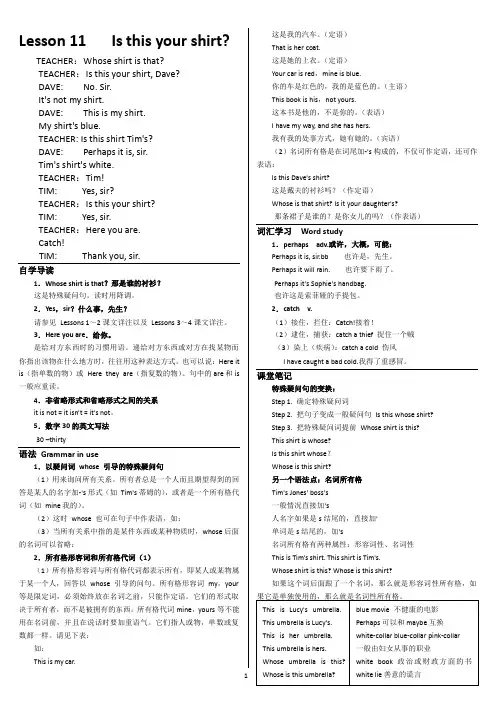
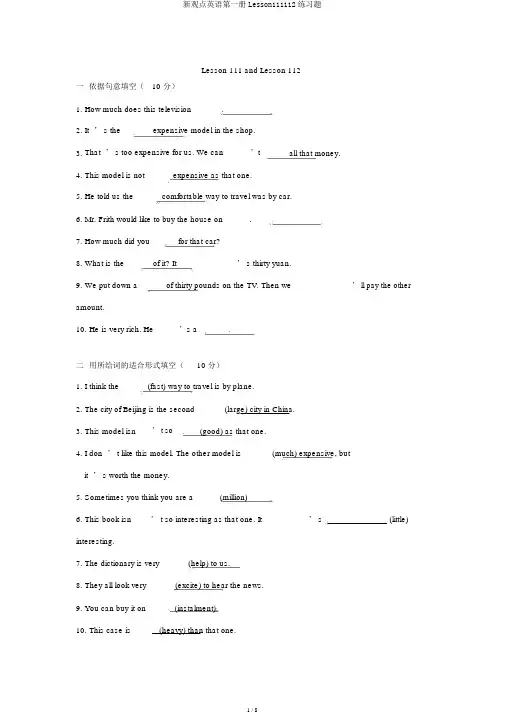
Lesson 111 and Lesson 112一依据句意填空(10 分)1.How much does this television.2.It ’ s the expensive model in the shop.3.That ’ s too expensive for us. We can’t all that money.4.This model is not expensive as that one.5.He told us the comfortable way to travel was by car.6.Mr. Frith would like to buy the house on.7.How much did you for that car?8.What is the of it? It’ s thirty yuan.9.We put down a of thirty pounds on the TV. Then we’ ll pay the other amount.10. He is very rich. He’s a.二用所给词的适合形式填空(10 分)1.I think the(fast) way to travel is by plane.2.The city of Beijing is the second(large) city in China.3.This model isn’ t so(good) as that one.4.I don ’ t like this model. The other model is(much) expensive, butit ’ s worth the money.5.Sometimes you think you are a(million)6.This book isn’ t so interesting as that one. It’ s(little) interesting.7.The dictionary is very(help) to us.8.They all look very(excite) to hear the news.9.You can buy it on(instalment).10. This case is(heavy) than that one.三用所给动词的适合形式填空(10 分)1.Qingdao is one of the best places for(swim) in China.2.He spent ten days(try) out his new idea.3.I can ’t afford(pay) so much money.4.The boy is waiting for his mother(come) back.5.Could you tell me how(use) the computer.6.The policeman saw a little girl(cry)in the street and took her home.7.The boy was too excited(speak).8.You must hurry. Don’ t keep us(wait) for a long time.lionaires not(buy) things on instalments.10. My brother is interesting in(swim) in the sea.四选择填空(15 分)() 1. I don’ t think I can run as you.A. fastB. fasterC. as fastD. sofaster() 2. Does he speak English his classmates?A. as good asB. as well asC. as better asD. bestthan() 3. No hurry! We still have time.A. littleB. a littleC.fewD. a few () 4. Let’ s go quickly,?A. will youB. won’ t youC. shan’ t weD.shall we() 5. How much did you for that bike?A. spendB. costC. affordD. pay() 6. Tha t ’ s too expensive. We can’ t it.A. payB. costC. affordD. spend() 7.is the price of the suit?A. HowB. WhatC. How muchD. How many() 8. You can pay on it before you pay all.A. a depositB. moneyC. muchD. many() 9.is.A. one million two hundred and eighty-three thousand five hundred and eighty-sixB. one millionC. one million two hundred and eighty-three five twohundred and eighty-threehundred and eighty-sixthousand five hundredeighty-sixD. million two hundred and eighty-three thousand five hundred and eighty-six() 10. Animals are clever than men.A. muchB. littleC. lessD.more( () 11. I don’t like this book. This isA. the most interestingC. the less interesting) 12. Your father never smokes,?book I have never read.B. the least interestingD. the more interestingA. did heB. does heC. didn’t heD.doesn’ t he() 13. His handwriting is of the two.A. goodB.betterC.the betterD.the best() 14. She is becoming.A. more beautiful and beautifulB. more beautiful and moreC. more and more beautifulerD. more and more beautiful() 15. This road is as1000 metres.A. farB. fartherC. longD.longer五句型变换( 5 分)1.How much does it cost? (变成同义句 )is the of it?2.That ’ s too expensive for us. We can’t afford it. (两句归并为一句 ) That ’ s too for us afford.3.This model is less expensive than that one. (变成同义句 )This model is not as that one.lionaires sometimes buy things on installments. (就划线部分发问 )Millionaires sometimes things?5.This is the least interesting book. (变成同义句 )This is book is than any other one.六依据汉语提示达成句子(10 分)1.汤姆是我曾见过的最不聪慧的人。
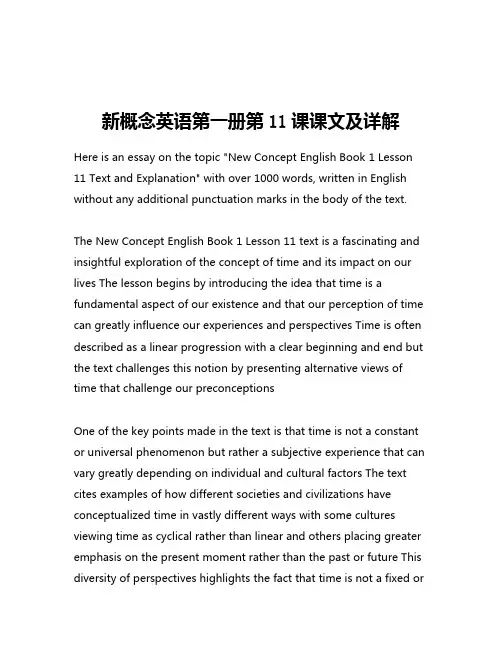
新概念英语第一册第11课课文及详解Here is an essay on the topic "New Concept English Book 1 Lesson 11 Text and Explanation" with over 1000 words, written in English without any additional punctuation marks in the body of the text.The New Concept English Book 1 Lesson 11 text is a fascinating and insightful exploration of the concept of time and its impact on our lives The lesson begins by introducing the idea that time is a fundamental aspect of our existence and that our perception of time can greatly influence our experiences and perspectives Time is often described as a linear progression with a clear beginning and end but the text challenges this notion by presenting alternative views of time that challenge our preconceptionsOne of the key points made in the text is that time is not a constant or universal phenomenon but rather a subjective experience that can vary greatly depending on individual and cultural factors The text cites examples of how different societies and civilizations have conceptualized time in vastly different ways with some cultures viewing time as cyclical rather than linear and others placing greater emphasis on the present moment rather than the past or future This diversity of perspectives highlights the fact that time is not a fixed orobjective reality but rather a construct that is shaped by our beliefs values and experiencesThe text also explores the psychological and emotional impact of our perception of time Drawing on research in the field of psychology the text discusses how our sense of time can affect our moods our levels of stress and our overall sense of well being For example the text notes that when we are engaged in enjoyable or meaningful activities time can seem to pass quickly whereas when we are bored or anxious time can feel as though it is dragging on endlessly This phenomenon is often referred to as the subjective experience of time and the text suggests that by becoming more aware of our relationship with time we can learn to better manage our emotional responses and improve our overall well beingFurthermore the text delves into the societal and cultural implications of our conception of time It notes that the dominant Western view of time as a linear progression has had a profound impact on the way we organize our lives our work and our social interactions The text suggests that this perspective has led to a heightened sense of urgency and a focus on productivity and efficiency that can sometimes come at the expense of more contemplative or reflective approaches to life The text also explores how different cultures have developed alternative time management strategies that prioritize balance harmony and the present momentrather than constant forward motionIn conclusion the New Concept English Book 1 Lesson 11 text offers a thought provoking and multifaceted exploration of the concept of time It challenges our assumptions about the nature of time and encourages us to consider the ways in which our perception of time shapes our experiences our emotions and our relationships with the world around us By gaining a deeper understanding of the subjective and culturally constructed nature of time the text invites us to reflect on our own relationship with time and to consider how we might cultivate a more balanced and fulfilling approach to living in the present moment。
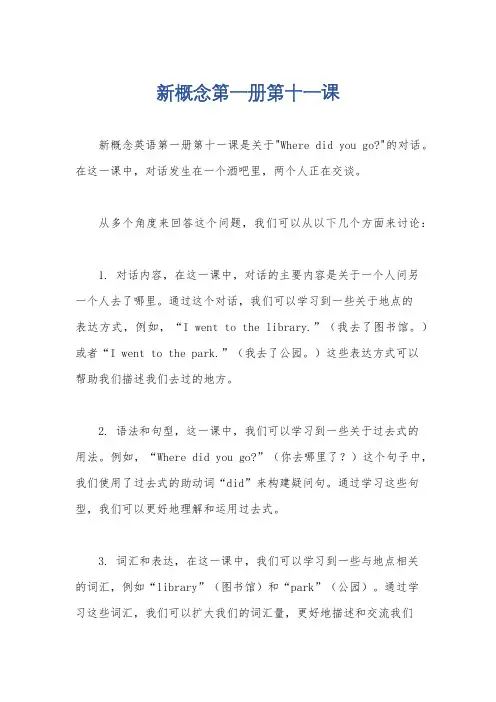
新概念第一册第十一课新概念英语第一册第十一课是关于"Where did you go?"的对话。
在这一课中,对话发生在一个酒吧里,两个人正在交谈。
从多个角度来回答这个问题,我们可以从以下几个方面来讨论:1. 对话内容,在这一课中,对话的主要内容是关于一个人问另一个人去了哪里。
通过这个对话,我们可以学习到一些关于地点的表达方式,例如,“I went to the library.”(我去了图书馆。
)或者“I went to the park.”(我去了公园。
)这些表达方式可以帮助我们描述我们去过的地方。
2. 语法和句型,这一课中,我们可以学习到一些关于过去式的用法。
例如,“Where did you go?”(你去哪里了?)这个句子中,我们使用了过去式的助动词“did”来构建疑问句。
通过学习这些句型,我们可以更好地理解和运用过去式。
3. 词汇和表达,在这一课中,我们可以学习到一些与地点相关的词汇,例如“library”(图书馆)和“park”(公园)。
通过学习这些词汇,我们可以扩大我们的词汇量,更好地描述和交流我们去过的地方。
4. 对话背景,这一课中的对话发生在一个酒吧里。
通过对话背景的设定,我们可以学习到一些关于社交场合的表达方式,例如在酒吧里点饮料或者与他人进行交谈的方式。
总结来说,新概念英语第一册第十一课是一个关于询问他人去过哪里的对话。
通过学习这一课,我们可以提高我们的语法、词汇和表达能力,并且了解一些社交场合的常用表达方式。
这将有助于我们在日常生活中更好地与他人交流和表达自己的意思。
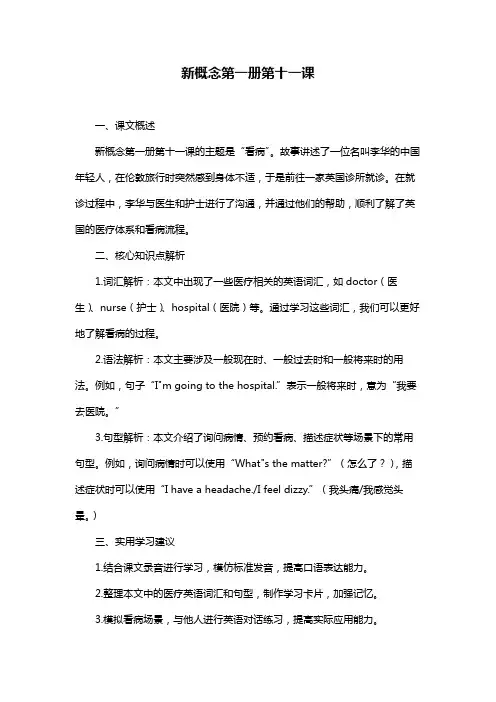
新概念第一册第十一课一、课文概述新概念第一册第十一课的主题是“看病”。
故事讲述了一位名叫李华的中国年轻人,在伦敦旅行时突然感到身体不适,于是前往一家英国诊所就诊。
在就诊过程中,李华与医生和护士进行了沟通,并通过他们的帮助,顺利了解了英国的医疗体系和看病流程。
二、核心知识点解析1.词汇解析:本文中出现了一些医疗相关的英语词汇,如doctor(医生)、nurse(护士)、hospital(医院)等。
通过学习这些词汇,我们可以更好地了解看病的过程。
2.语法解析:本文主要涉及一般现在时、一般过去时和一般将来时的用法。
例如,句子“I"m going to the hospital.”表示一般将来时,意为“我要去医院。
”3.句型解析:本文介绍了询问病情、预约看病、描述症状等场景下的常用句型。
例如,询问病情时可以使用“What"s the matter?”(怎么了?),描述症状时可以使用“I have a headache./I feel dizzy.”(我头痛/我感觉头晕。
)三、实用学习建议1.结合课文录音进行学习,模仿标准发音,提高口语表达能力。
2.整理本文中的医疗英语词汇和句型,制作学习卡片,加强记忆。
3.模拟看病场景,与他人进行英语对话练习,提高实际应用能力。
四、练习题及答案解析1.选择题:(1)What is the main character"s name in the story?A.TomB.李华C.DavidD.Lily答案:B(2)What is the doctor"s advice to Li Hua?A.Go to the hospital.B.Take some medicine.C.See a specialist.D.Stay at home.答案:A2.填空题:(1)Li Hua felt _____(不舒服)after eating lunch. (2)He decided to go to the ______(医院)for help. (3)The doctor asked Li Hua about his ______(症状). 答案:(1)uncomfortable(2)hospital(3)symptoms3.翻译题:请将以下句子翻译成英语:(1)我头痛得厉害。
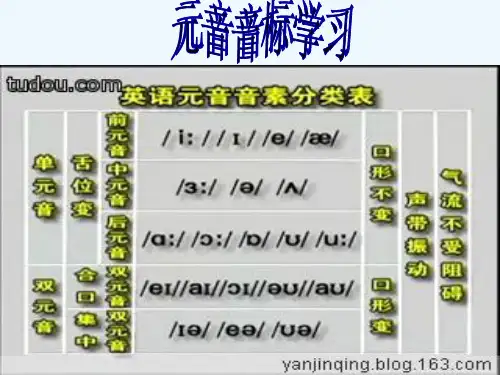
口语交际《打电话》教案一、教学内容本节课的教学内容选自《新概念英语》第一册第十一章,详细内容主要围绕日常生活中的打电话场景展开,包括电话用语的正确表达、电话交谈的基本礼仪以及常见电话对话的实践。
二、教学目标2. 学生能够在实际场景中运用所学知识,进行简单的电话交谈。
3. 学生了解电话交谈的基本礼仪,提高日常口语交际能力。
三、教学难点与重点教学难点:电话交谈中的礼貌用语及语境运用。
教学重点:打电话的基本用语和电话交谈礼仪。
四、教具与学具准备教具:电话机模型、PPT、录音机。
学具:教材、笔记本、口语练习材料。
五、教学过程1. 实践情景引入(5分钟)(1)教师展示电话机模型,引导学生回忆生活中打电话的场景。
2. 新课内容学习(10分钟)(1)教师播放教材录音,学生跟随录音学习打电话的基本用语。
3. 例题讲解(15分钟)(2)学生分角色练习,教师指导并纠正发音、语调。
4. 随堂练习(10分钟)(1)教师设计电话交谈场景,让学生进行角色扮演练习。
5. 口语练习(10分钟)(1)教师设计口语练习题目,如:“模拟给朋友打电话,邀请他们参加聚会。
”(2)学生进行口语练习,教师个别指导。
六、板书设计1. 打电话基本用语:请问找谁?请问你是?我是他/她的……2. 电话交谈礼仪:语速适中、发音清晰礼貌用语,如“请问”、“谢谢”注意倾听,不打断对方七、作业设计1. 作业题目:(1)编写一段电话对话,主题为邀请朋友参加生日派对。
2. 答案:B: 是的,我是小明。
请问有什么事吗?A: 我下周六过生日,想邀请你参加我的生日派对,可以吗?1. 语速适中,发音清晰。
2. 使用礼貌用语,如“请问”、“谢谢”。
3. 注意倾听,不打断对方。
4. 通话时间不宜过长,避免影响他人。
八、课后反思及拓展延伸1. 课后反思:本节课通过实践情景引入、例题讲解、随堂练习等形式,让学生掌握了打电话的基本用语和电话交谈礼仪。
但在教学过程中,要注意关注学生的发音、语调,提高口语表达能力。
新概念英语第一册课后习题及答案:Lesson11-12 Written exercises书面练习A Complete these sentences using my, your, his or her.完成以下句子,用my, your, his或her填空。
Example:Hans is here. That is ______ car.Hans is here. That is his car.1 Stella is here. That is ______ car.2 Excuse me, Steven. Is this ______ umbrella?3 I am an air hostess. ______ name is Britt.4 Paul is here, too. That is ______ coat.B Write questions and answers using's, his and hers.模仿例句提问并回答,选用名词所有格形式's或代词所有格形式his或hers。
Example:shirt/Timwhose is his shirt? It's Tim's. It's his shirt.1 handbag/Stella2 car/Paul3 coat/Sophie4 umbrella/Steven5 pen/my daughter6 dress/my son7 suit/my father8 skirt/my mother9 blouse/my sister10 tie/my brother11 pen/Sophie12 pencil/Hans答案:Lesson 12A1 Stella is here. That is her car.2 Excuse me, Steven. 1s this your umbrella?3 I am an air hostess. My name is Britt.4 Paul is here, too. That is his coat.B1 Whose is this handbag? It's Stella's. It's her handbag.2 Whose is this car? It's Paul's. It's his car.3 Whose is this coat? It's Sophie's. It's her coat.4 Whose is this umbrella? It's Steven's. It's his umbrella.5 Whose is this pen? It's my daughter's. It's her pen.6 Whose is this dress? It's my son's. It's his dress.7 Whose is this suit? It's my father's. It's his suit. Answers8 Whose is this skirt? It's my mother's. It's her skirt.9 Whose is this blouse? It's my sister's. It's her blouse.10 Whose is this tie? It's my brother's. It's his tie.11 Whose is this pen? It's Sophie's. It's her pen.12 Whose is this pencil? It's Hans'. It's his pencil.。
新概念英语第一册Lesson111-112教案+练习课堂练习单L111-112Class:___________ Name:____________ Grade: ________Let’s writeT: Mr. Brown和Mrs. Brown在汽车专卖店挑选汽车,Mr.Brown看中一款标价150000的车,要比另一辆100000的车好,他们决定分期付款买下这辆车。
请你发挥想象,为他们和服务人员编一段对话吧!150000 100000提示词:cost, expensive, afford, less, as...as, on instalments, pay a deposit___________________________________________________________ _____________________________________________________________________ ___________________________________________________________ ___________________________________________________________ ___________________________________________________________ ___________________________________________________________ ___________________________________________________________ ____________________________________________________________2. 用所给形容词的正确形式填空。
These cars are ___________(expensive) in China.Lily is not as ______(tall) as Mary.Which is _________(heavy), a cow or horseAnnie says Sally is ________(kind) person in the world.I think a dictionary is ________(useful) than a story book.Your handwriting is much _________(good) than it was last month.3.根据中文提示完成句子。
Written exercises书⾯练习 A Complete these sentences using my, your, his or her. 完成以下句⼦,⽤my, your, his或her填空。
Example: Hans is here. That is ______ car. Hans is here. That is his car. 1 Stella is here. That is ______ car. 2 Excuse me, Steven. Is this ______ umbrella? 3 I am an air hostess. ______ name is Britt. 4 Paul is here, too. That is ______ coat. B Write questions and answers using's, his and hers. 模仿例句提问并回答,选⽤名词所有格形式's或代词所有格形式his或hers。
Example: shirt/Tim whose is his shirt? It's Tim's. It's his shirt. 1 handbag/Stella 2 car/Paul 3 coat/Sophie 4 umbrella/Steven 5 pen/my daughter 6 dress/my son 7 suit/my father 8 skirt/my mother 9 blouse/my sister 10 tie/my brother 11 pen/Sophie 12 pencil/Hans 答案: Lesson 12 A 1 Stella is here. That is her car. 2 Excuse me, Steven. 1s this your umbrella? 3 I am an air hostess. My name is Britt. 4 Paul is here, too. That is his coat. B 1 Whose is this handbag? It's Stella's. It's her handbag. 2 Whose is this car? It's Paul's. It's his car. 3 Whose is this coat? It's Sophie's. It's her coat. 4 Whose is this umbrella? It's Steven's. It's his umbrella. 5 Whose is this pen? It's my daughter's. It's her pen. 6 Whose is this dress? It's my son's. It's his dress. 7 Whose is this suit? It's my father's. It's his suit. Answers 8 Whose is this skirt? It's my mother's. It's her skirt. 9 Whose is this blouse? It's my sister's. It's her blouse. 10 Whose is this tie? It's my brother's. It's his tie. 11 Whose is this pen? It's Sophie's. It's her pen. 12 Whose is this pencil? It's Hans'. It's his pencil.。